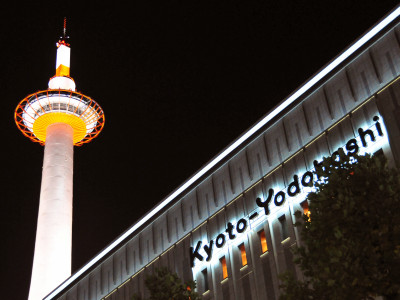A journey of over 130 km walking distance to reproduce Ieyasu Tokugawa's biggest pinch 'Iga over' [Day 1: Shijonawate Shrine - Yamaguchi Castle]

I'm on
◆ Scheduled route for the first day
On the first day, you will depart from Shijonawate Shrine, go to Yamaguchi Castle (also known as Ujitawara Castle), where Ieyasu stayed, via the ``Sonenji Temple Signpost'' and ``Kusauchi no Ferry Ruins'' where Ieyasu is said to have passed. .
◆Move to the starting point, Shijonawate Shrine
Ieyasu was sightseeing around Sakai when the Honnoji Incident occurred, and it is said that he learned of Nobunaga's death while visiting Shijonawate Shrine. Therefore, this trip has Shijonawate Shrine as the starting point. The location of Shijonawate Shrine is below. This time, I took the train to Shijonawate Station and then walked to Shijonawate Shrine.
A torii on the way from the station to the main hall of Shijonawate Shrine.

If you go up these stairs, you will soon be at the main shrine.

Arrived at the main shrine.

Shijonawate Shrine enshrines Masatsura Kusunoki, the son of Masashige Kusunoki.

I prayed for the success of the Iga crossing.

When I pulled the omikuji, I was lucky. In the 'Travel' column, it says 'Choose a lucky day', but today must be a lucky day.

Aim for the signpost of Sonenji Temple
After leaving Shijonawate Shrine, take Route 163 toward Iga toward the Sonenji signpost.

After going on National Route 163 for a while, turn off the side road and go on Nara Prefectural Route 65.

Replenish salt and calories with Spam Musubi. I also replenish water about once every 15 minutes.

The Sonenji signpost is located in Hirakata City, Osaka Prefecture. However, in fact, I was aiming for the next destination by mistake instead of the Sonenji signpost, so I decided to return to the Sonenji signpost via Kyotanabe City, Kyoto Prefecture.

There were good views along the way.

Follow narrow roads with no sidewalks.

I walked earnestly and arrived at the signpost of Sonenji Temple in two and a half hours after leaving Shijonawate Shrine. There were no temples in the vicinity, and the signpost was standing alone in the parking lot of Seven-Eleven.
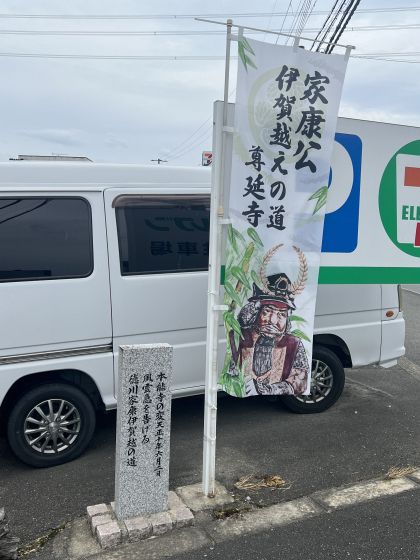
The signpost is polished to a shine.
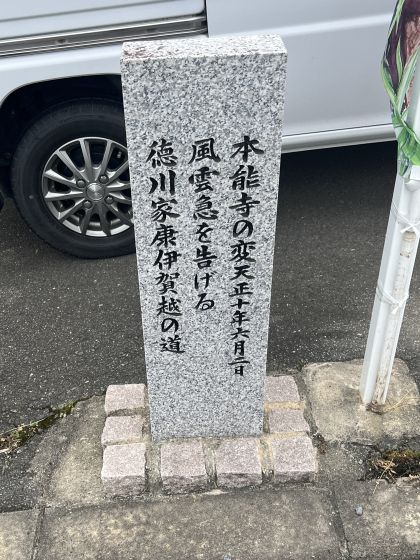
Now that you have reached your first destination, charge energy for 10 seconds.

Charge completed. It was gone in about 2 seconds instead of 10 seconds. It must have been thirsty for energy.

In addition, the route from Shijonawate Shrine to Sonenji Temple is like this. The distance traveled is 16.1 km.
Aiming for the site of Kusanai's ferry
From the Sonenji signpost, head toward Ujitawara on National Route 307 toward the site of Kusanai ferry.
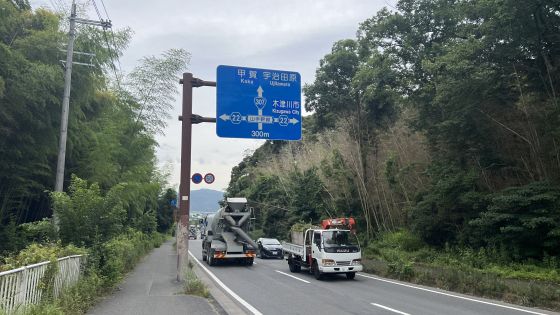
The sidewalk was well maintained and it was quite easy to walk. However, the hardness of the asphalt touched my feet, and my heels started to hurt.

Proceed while keeping in mind not to land on your heels, and after leaving the signpost of Sonenji Temple, you will arrive at the remains of Kusanai's ferry in an hour and a half.
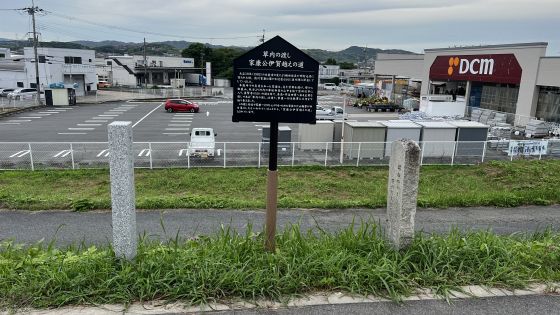
It seems that Baisetsu Anayama, who descended from the Takeda family to the Tokugawa family, died in battle around this area.
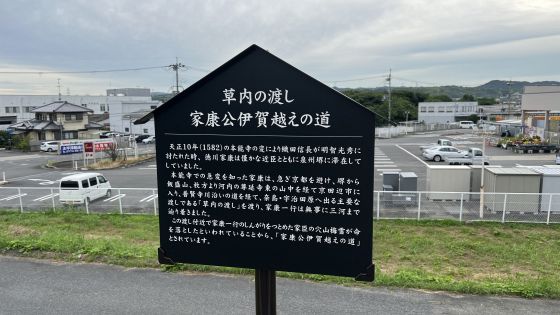
The Kizu River flows in the background. It is said that Ieyasu and his party crossed the Kizu River from here on a ferry.
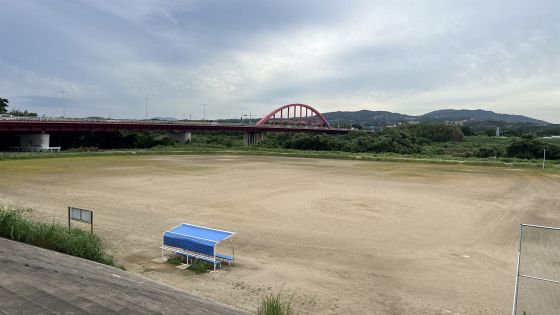
The travel distance from the Sonenji signpost to the Kusanai ferry site was 7km.
Aiming for Yamaguchi Castle
Of course, the ferry is no longer in operation. We can't swim across the river, so we walk across the Yamashiro Bridge.
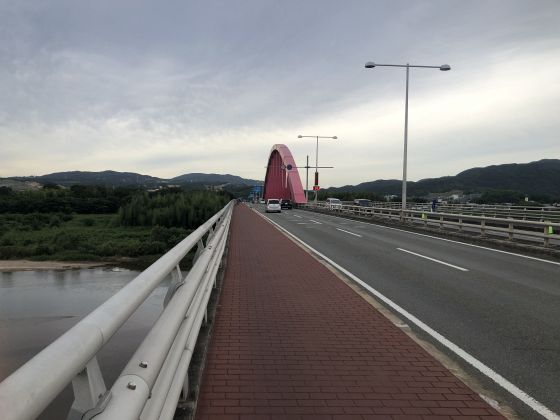
The Kizu River was brown and muddy, probably because of the rain the day before.
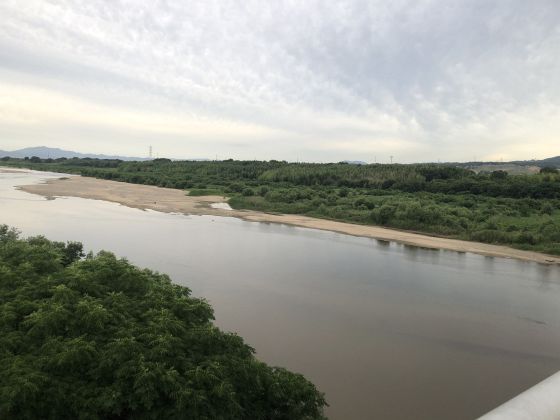
Head straight for Yamaguchi Castle on Route 307.
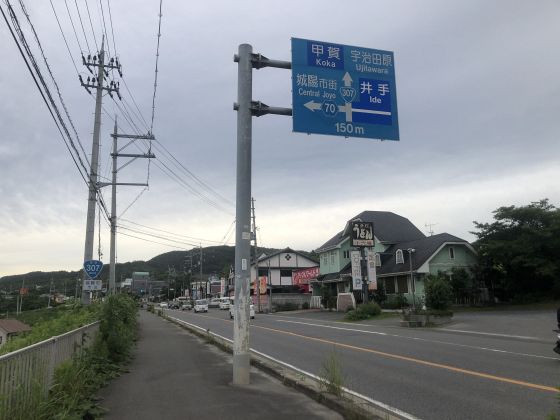
There are about 7km left to Yamaguchi Castle, so I feel like walking all at once, but I don't want to run out of energy and not be able to move, so I eat bread and move on.
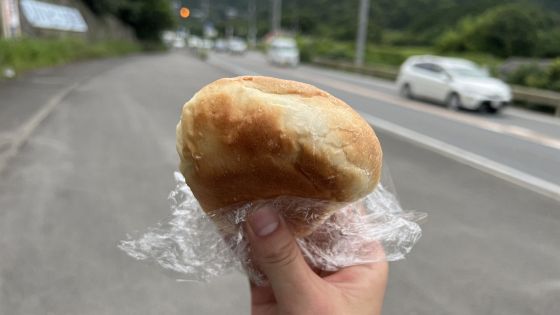
There were places under construction along the way, so I walked carefully along the edge of the road where cars were buzzing.

As I continued walking, a guide to Yamaguchi Castle popped up. It's a very inconspicuous guide, so if you don't follow the map, you'll likely miss it.
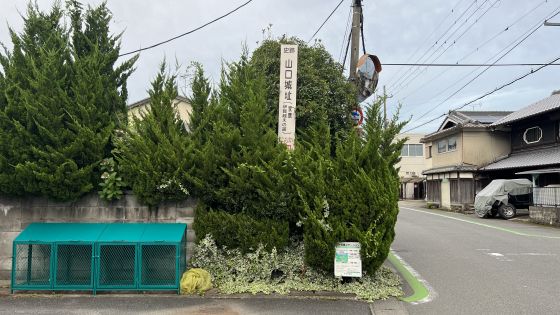
Around Yamaguchi Castle, a large number of flags appealing to cross Iga were raised.
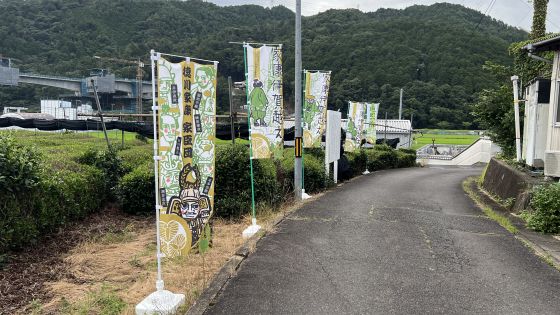
Information board of Yamaguchi Castle. I was planning the route according to the theory that 'Ieyasu spent the night at Yamaguchi Castle'. This information board says, 'Ieyasu arrived at Yamaguchi Castle the morning after leaving Shijonawate Shrine, and left after eating lunch.' There are various theories. Also, on this information board, it is written that 'Ieyasu was riding a horse.' what the hell.
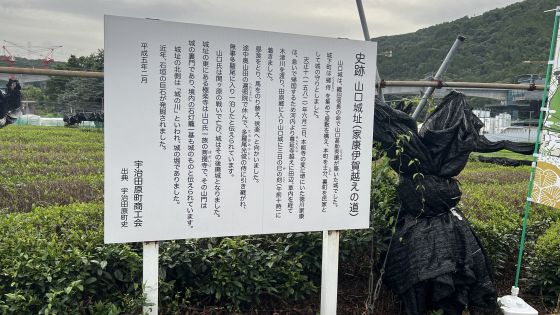
There were no traces of Yamaguchi Castle's existence, and tea plantations were spread out.
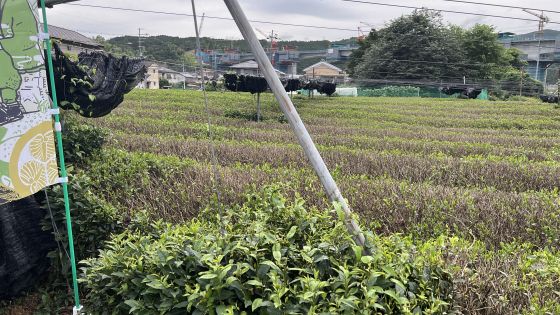
According to the information board, the location of the irrigation canal on the north side of the castle ruins used to be the moat of Yamaguchi Castle.

In addition, it is said that the temple gate of the nearby Gokuraku-ji Temple functioned as the back gate of Yamaguchi Castle. Ieyasu may have passed through this gate as well.
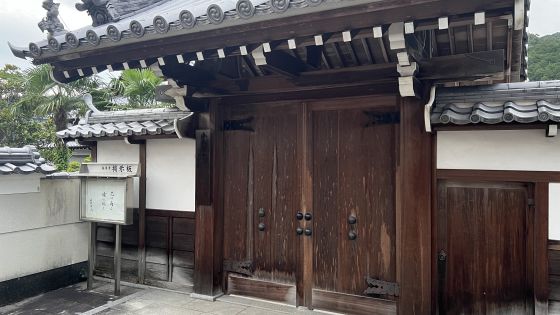
The travel distance from Kusanai ferry site to Yamaguchi Castle was 7.9 km. Google Maps didn't show the walking route well, so I embedded the route by car instead.
The total travel distance from Shijonawate Shrine to Yamaguchi Castle is 31.0km. The iPhone's pedometer recorded 50,801 steps.
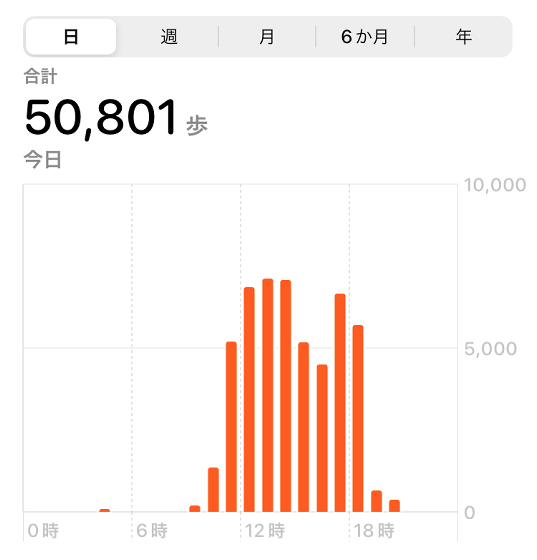

Related Posts:
in Coverage, Posted by log1o_hf





